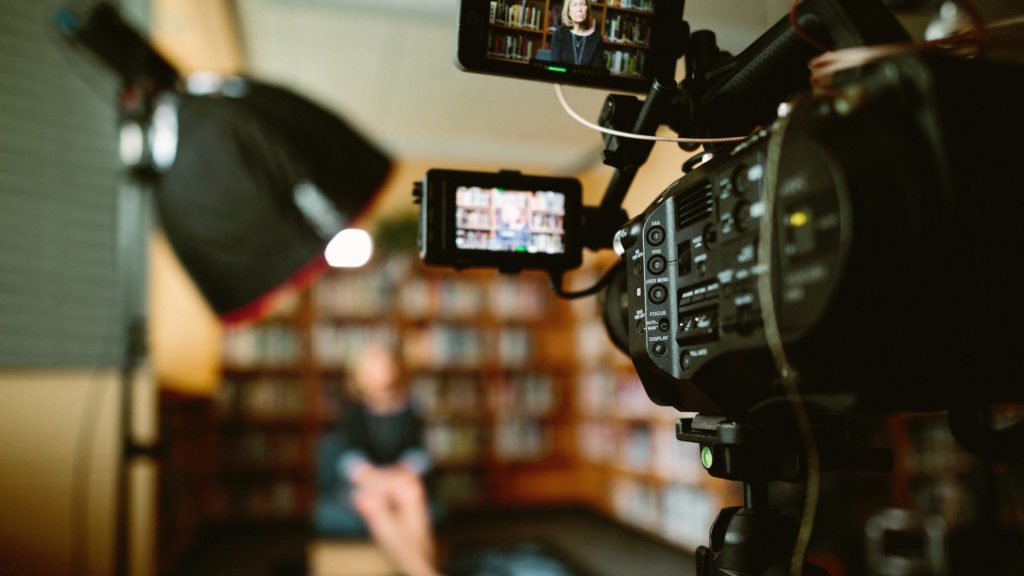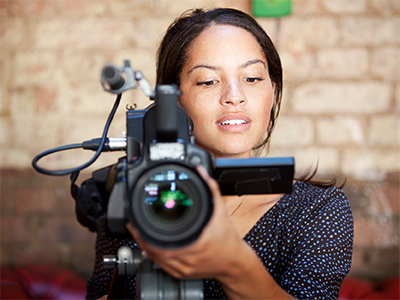The Ultimate Guide to Legal Videography for Lawyer and Legal Teams
The Ultimate Guide to Legal Videography for Lawyer and Legal Teams
Blog Article
Discovering the Vigor of Legal Videography: a Comprehensive Insight Into Its Functionality in Preserving Accurate Visual Records for Legal Cases
Legal videography stands as a vital component in the realm of lawful process, functioning as a quiet yet effective observer in the quest of justice. The use of video modern technology in documenting legal instances exceeds simple record-keeping; it envelops the very significance of events, feelings, and statements that unfold within court rooms. By meticulously recording aesthetic evidence, lawful videography not just protects the precision of these moments but also offers a much deeper understanding of the intricacies entailed. As we dig into the capability and value of legal videography in the context of legal instances, a profound realization dawns upon the essential role it plays fit the training course of justice.
Significance of Lawful Videography
Highlighting the pivotal role of legal videography in modern-day legal process, its value hinges on its capability to give irrefutable aesthetic proof that enhances the discussion of statements and facts. By catching live events, depositions, and witness testimonies in a video style, legal videography guarantees that every nuance, expression, and information is accurately maintained for later evaluation. This visual documentation offers as a powerful device in courtrooms, allowing courts and jurors to much better recognize the context of an instance and make educated decisions based on the presented proof.
In addition, legal videography adds to boosted openness and liability in the legal system. In essence, the value of legal videography exists in its capability to copyright the stability of the lawful procedure by catching and maintaining exact aesthetic records that sustain the pursuit of justice.
Capability in Lawful Paperwork
Legal videography's function in modern lawful process extends beyond giving visual evidence; its capability in legal documentation is important for accurately maintaining the details of testimonies and events. Via the thorough recording of depositions, courtroom procedures, witness testimonies, and criminal offense scene examinations, lawful videography guarantees an unfiltered account of events that can be taken another look at and examined throughout the lawful process. This accurate documents functions as a critical source for juries, lawyers, and judges to reference specific moments, body language, faces, and subtleties that might not be fully captured in composed transcripts alone.
Moreover, lawful videography plays a critical role in preserving the honesty of lawful proceedings by decreasing the threat of misinterpretation or manipulation of info. The visual documents caught via lawful videography provide an objective depiction of the facts provided throughout a situation, offering a reliable and comprehensive source of evidence that can considerably affect the result of legal disputes (Legal Videography). Fundamentally, the performance of lawful videography in legal paperwork serves as a keystone in maintaining transparency, precision, and justness within the lawful system
Significance in Visual Evidence Conservation
Protecting aesthetic evidence via meticulous recording strategies is a crucial aspect of legal videography. The relevance of aesthetic proof preservation can not be overstated in lawful process. Visual evidence, such as video clips of criminal offense scenes, testaments, or accidents, can offer invaluable understanding into occasions that words alone might not completely capture. By properly recording these visuals, legal videographers play a vital role in guaranteeing the integrity and authenticity of evidence provided in court.
Aesthetic proof conservation also assists in avoiding misconceptions or false impressions that can occur from written or verbal testimonies. The ability to see and hear occasions as they occurred can substantially impact the end result of a case. Visual evidence can serve as a powerful tool for both the prosecution and defense in providing their debates persuasively.
Duty in Ensuring Justice
In the quest of simply lawful and fair results, the duty of lawful videography is vital. Lawful videography plays an essential function in making certain justice by supplying impartial and accurate aesthetic evidence that official statement can significantly influence the outcome of lawful situations. Unlike composed records or testaments, video recordings catch the subtleties of body movement, facial expressions, and tone of voice, providing a comprehensive depiction of events as they unfold. This aesthetic proof is particularly valuable in courtrooms, where it can aid challenge or corroborate witness testaments, strengthen arguments, and ultimately add to the establishment of fact and fairness.
Moreover, legal videography functions as a method of protecting turning points and details that might be missed out on or misunderstood in created transcripts (Legal Videography). By documenting scenes, actions, and communications in real-time, lawful videography helps protect against misstatements and ensures that all events involved have accessibility to the very same details, promoting openness and liability in the lawful procedure. Ultimately, using legal videography not just boosts the effectiveness of lawful process but likewise promotes the principles of justice and equity in the legal system
Crucial Device for Legal Cases

Final Thought
To conclude, legal videography plays a vital role in protecting accurate aesthetic records for lawful instances. Its significance hinges on its functionality in lawful documentation, importance in visual proof conservation, and duty in guaranteeing justice. As an important device for legal cases, lawful videography acts as a beneficial source for presenting aesthetic evidence and adding to the total stability of the legal procedure.
Legal videography's role in modern-day legal procedures prolongs past supplying aesthetic evidence; its capability in lawful paperwork is vital for properly maintaining the details of occasions and testimonies. In essence, the performance of legal videography in legal documents offers as a keystone in promoting transparency, accuracy, and fairness within the lawful system.
Inevitably, the usage of lawful videography not just enhances the performance of legal process however likewise promotes the concepts of justice and equity in the lawful system.

As a vital device for legal cases, lawful videography offers as a valuable source for providing aesthetic his comment is here evidence and contributing to the general stability of the lawful process.
Report this page